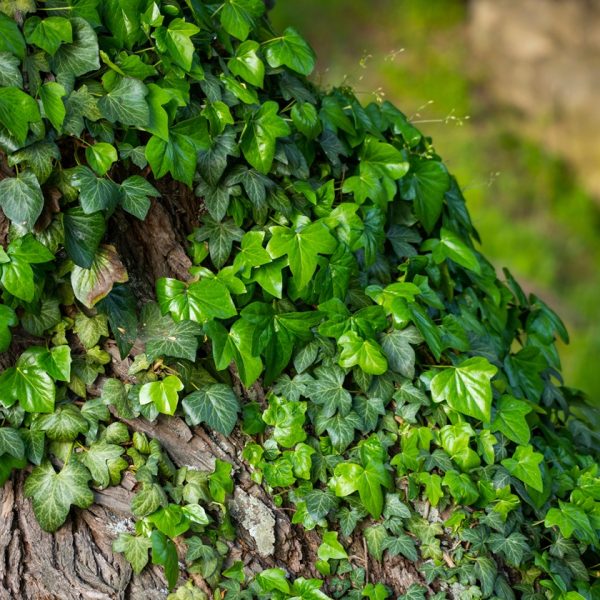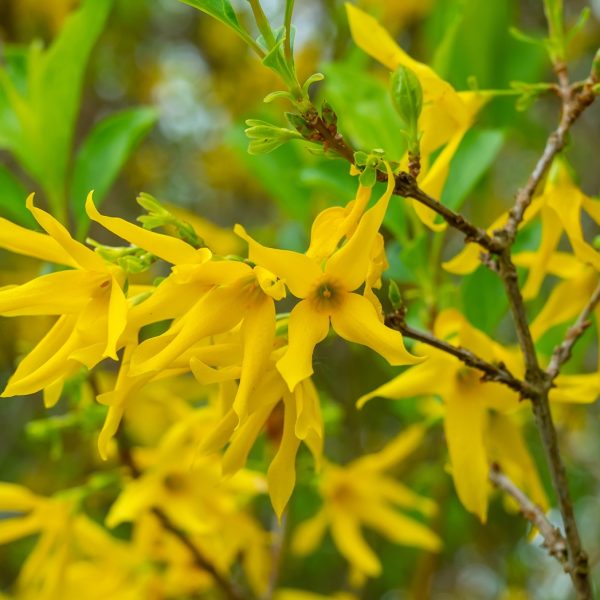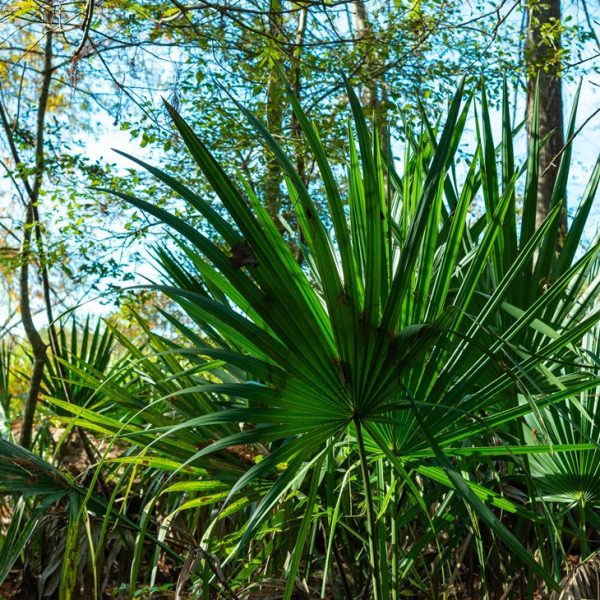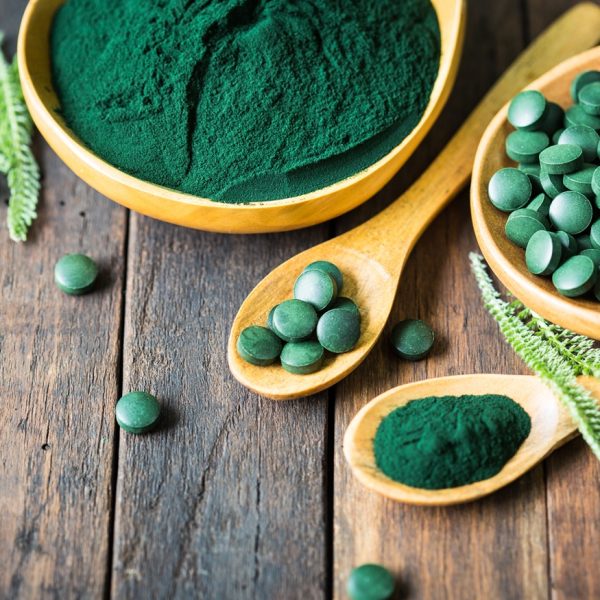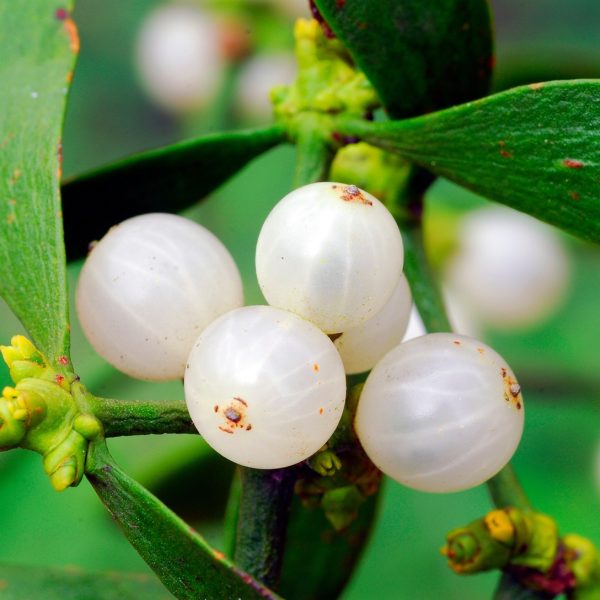
In this article, we summarise the paper Bitter gourd (Momordica charantia L.) supplementation for twelve weeks improves biomarkers of glucose homeostasis in a prediabetic population (1).
Plant name and species
Bitter melon (Momordica charantia)
Aim of this bitter gourd study
To assess the effects of bitter melon (also known as bitter gourd) supplementation on glucose homeostasis in prediabetic adults. This paper presents two studies: a four-week supplementation with 2.4 g/day bitter melon juice capsules, and a 12-week supplementation with whole fruits capsules at 3.6 g/day.
Study method
Trial 1
Randomised, double-blind, placebo-controlled, cross-over trial for four weeks, with a four-week wash-out. Blood samples were taken before and after each intervention phase.
Outcomes of trial 1
- Fasting plasma glucose levels (primary outcome)
- Two-hour plasma glucose levels following the oral glucose tolerance test (OGTT) (primary outcome)
- Plasma HbA1c
- Fructosamine, and insulin levels
- Homeostasis model assessment for insulin resistance (HOMA-IR) and homeostasis model assessment for beta-cell function (HOMA-B) scores
- Fasting plasma lipid levels (triglycerides and cholesterol)
- Liver enzymes (ALAT and ASAT)
- Estimated glomerular filtration rate (eGFR)
Trial 2
Randomized, double-blind, controlled parallel trial for 12 weeks. Blood samples were taken at the start of the study, and at week 4, 8 and 12.
Outcomes trial 2
- Fasting plasma glucose levels (primary outcome)
- Two-hour plasma glucose levels following the OGTT
- Plasma HbA1c
- Fructosamine, and insulin levels
- HOMA-IR and HOMA-B scores
- Fasting plasma lipid levels (triglycerides and cholesterol)
- Liver enzymes (ALAT and ASAT)
- eGFR All participants completed wellbeing questionnaires
Herbal preparation
- Trial 1: Organic bitter melon (Bilai) grown in Holland was juiced, freeze dried and powdered. The powder was made into 400 mg capsules. The placebo was cucumber juice also made into 400 mg capsules (grown in the same location).
- Trial 2: Bitter melon (variety Palee) was grown in India, and the whole fruits including the skin were used. They were freeze dried, powdered and made into 400 mg capsules. The placebo were cucumber-based capsules.
Sample size
Trial 1 sample size
n=30 in the four-week cross-over trial. Participants ingested six capsules a day (two after each meal), totalling 2.4 g per day.
Inclusion criteria of trial 1
- BMI > 25 kg/m2, and with one or more of these conditions:
- HbA1c > 5.7 % (39 mmol/L)
- Fasting plasma glucose (FPG) > 5.6 mmol/L
- Two-hour glucose level > 7.8 mmol/L following a 75 g oral glucose tolerance test (OGTT)
Trial 2 sample size
n=38 in a 12-week parallel design. Participants ingested 9 capsules daily (3 after each meal), totalling 3.6 g per day.
Inclusion criteria of trial 2
- BMI > 25 kg/m2, and with one or more of these conditions:
- Fasting plasma glucose (FPG) levels > 5.6 mmol/L
(These criteria were slightly less stringent to aid recruitment of participants)
Results of study
- Trial 1 result: Good capsule compliance and no drop-outs
- Trial 2 result: Two participants with low compliance excluded from analysis, and two further participants dropped-out.

There were no differences in baseline characteristics between the gourd or cucumber groups for either study (gender, age, BMI, blood measures).
For trial 1 (four-week supplementation with juice powder 2.4 g per day), there were no significant differences in any of the blood measures between treatment groups. However, participants with higher baseline fasting plasma glucose (FPG) showed reductions following bitter melon supplementation, which led the authors to carry out the longer-term study using a higher dose (trial 2).
For trial 2 (12-week supplementation with whole fruits powder 3.6 g per day) there was a significant reduction in fasting plasma glucose and fasting plasma insulin following bitter gourd supplementation at 12 weeks, but reductions were not seen in the control group over time.
Comparing the two treatments, a further analysis showed that fasting plasma glucose reduction was almost significant at week 8 (p=0.058) and was significantly reduced at 12 weeks following bitter melon supplementation (p=0.026). For bitter melon, there was a trend toward fasting plasma insulin reduction at 8 and 12 weeks but this was not significant. There was no such trend for the control.
As with trial 1, participants with higher baseline fasting plasma glucose produced the largest reductions over the course of the study.
For other liver and metabolic biomarkers, there were no significant changes (with the exception of one) during the course of both studies. Analysis of the questionnaires revealed that the bitter gourd did not cause any major side effects and similar between treatment groups.
Discussion
The fruits of bitter gourd are consumed as vegetables, and the leaves are used as teas, supplements, extracts and tinctures, often for the management of type 2 diabetes.
The study showed that supplementation with 3.6 g / day bitter melon fruit powder significantly reduced fasting blood glucose levels in pre-diabetic adults, with a trend towards reduction at eight weeks and a significant result at 12 weeks, in comparison to a cucumber control. There was a trend towards a reduction in fasting plasma insulin levels.
What isn’t clear is whether the different cultivars, one being organic and grown in Holland, and the other being grown in India (and organic status not specified) had an effect in the study. The researchers carried out GC-MS but found no changes in major bioactive compounds between the cultivars, nor did it reveal a single dominant compound. In terms of actions, the author’s cite other studies which suggest bitter melon may regulate GLP-1 secretion in the gut and also glucose excretion from the kidneys as means of altering blood glucose homeostasis. A mechanistic study has shown that polysaccharides extracted from bitter melon activate pathways that regulate glucose and lipids, and also increase microbial diversity which shifted toward more beneficial bacteria (2).
Conclusion
A bitter melon supplement given for 12 weeks had a significant effect on blood glucose levels, and with a trend toward reducing insulin levels. The use of bitter gourd fruits was safe. Further research could look at the use of the fruits in food or beverages rather than ingesting a supplement. Also, as it tended to produce more dramatic results in participants with higher fasting blood glucose levels, the therapeutic potential may be extended in patient populations diagnosed with diabetes.
References
- Mes JJ, van den Belt M, van der Haar S, Oosterink E, Luijendijk T, Manusama K, van Dam L, de Bie T, Witkamp R, Esser D. Bitter gourd (Momordica charantia L.) supplementation for twelve weeks improves biomarkers of glucose homeostasis in a prediabetic population. J Ethnopharmacol. 2025 May 12;347:119756. https://doi.org/10.1016/j.jep.2025.119756
- Zhang Y, Cao Y, Wang F, Wang L, Xiong L, Shen X, Song H. Polysaccharide from Momordica charantia L. Alleviates Type 2 Diabetes Mellitus in Mice by Activating the IRS1/PI3K/Akt and AMPK Signaling Pathways and Regulating the Gut Microbiota. J Agric Food Chem. 2025 Mar 26;73(12):7298-7309. https://doi.org/10.1021/acs.jafc.4c12660

